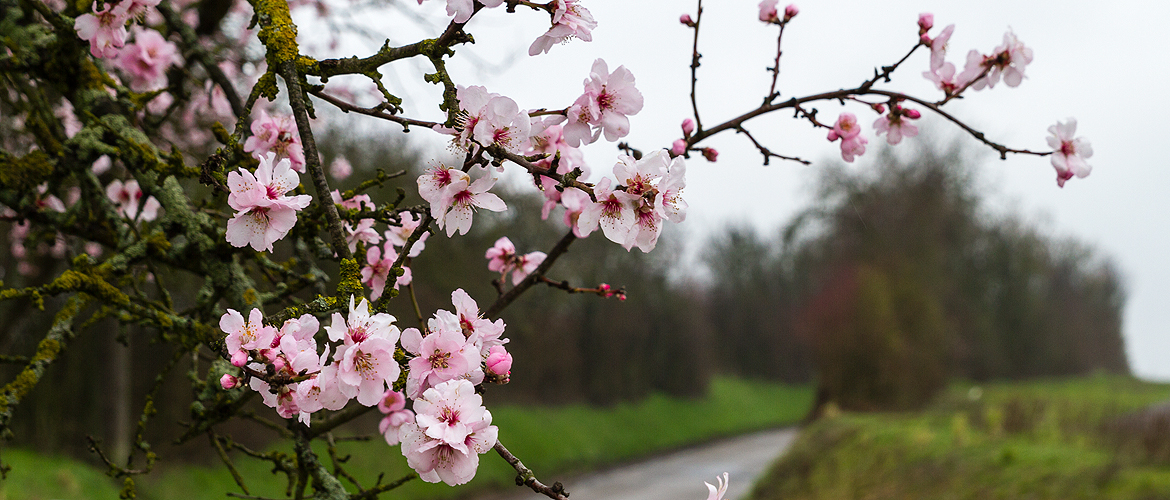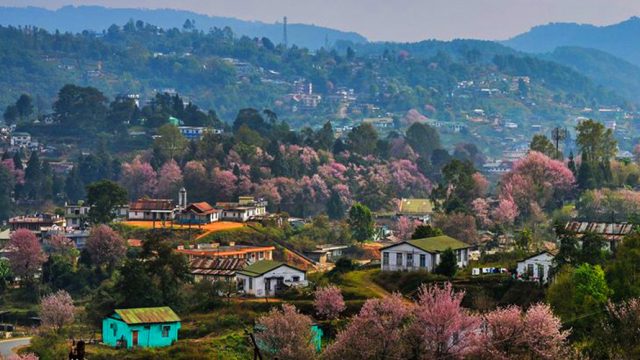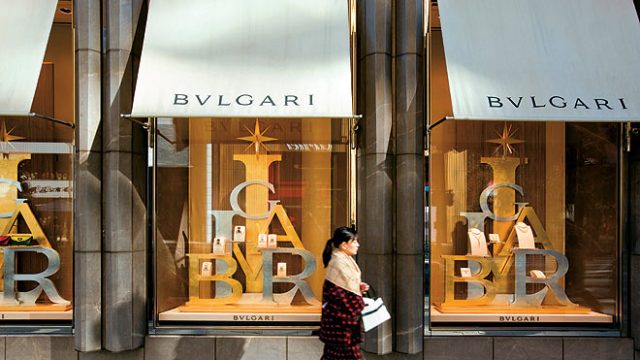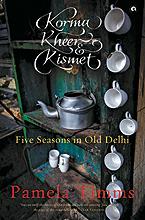Not many know that Meghalaya is one of India’s four biodiversity hotspots. It is home to 5,538
Over two years ago, the state’s government launched the Cherry Blossom Festival in recognition of this abundance. The idea first came to Institute of Bioresources & Sustainable Development (IBSD) director Professor Dinabandhu Sahoo, while the chief Minister, Dr. Mukul M. Sangma, had been instrumental in making it a reality.
“Every state of the country must be connected with the global community by creating a product which is exclusive to that state. And since cherry blossom is something unique and exclusive as far as its availability in Meghalaya is concerned—appearing naturally on the roadside—we took it as an advantage. We brought in more and more saplings, which we encouraged people to grow. We are also promoting eco-tourism, rural tourism and community tourism by involving all stakeholders. And tourism is something new to the people of the northeast; we ultimately want to bring in more aggressive participation of all the stakeholders and the India International Cherry Blossom Festival is one such initiative,” says Dr Sangma.
Now known as the India International Cherry Blossom Festival, thousands of trees of the flower have been planted. This is the world’s only autumn cherry blossom flowering event and the festival is meant to display it to visitors; in places such as Japan, where there has been an age-old tradition to grow the flower and use it as a symbol of peace and friendship, the flowering only takes place in March.
India International Cherry Blossom Festival
Cherry blossom season
Shillong





